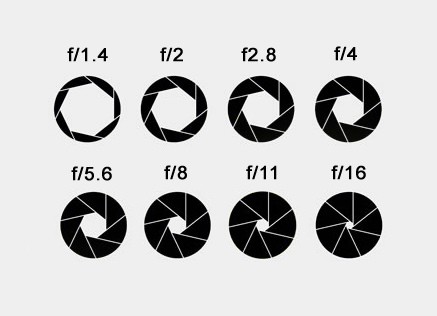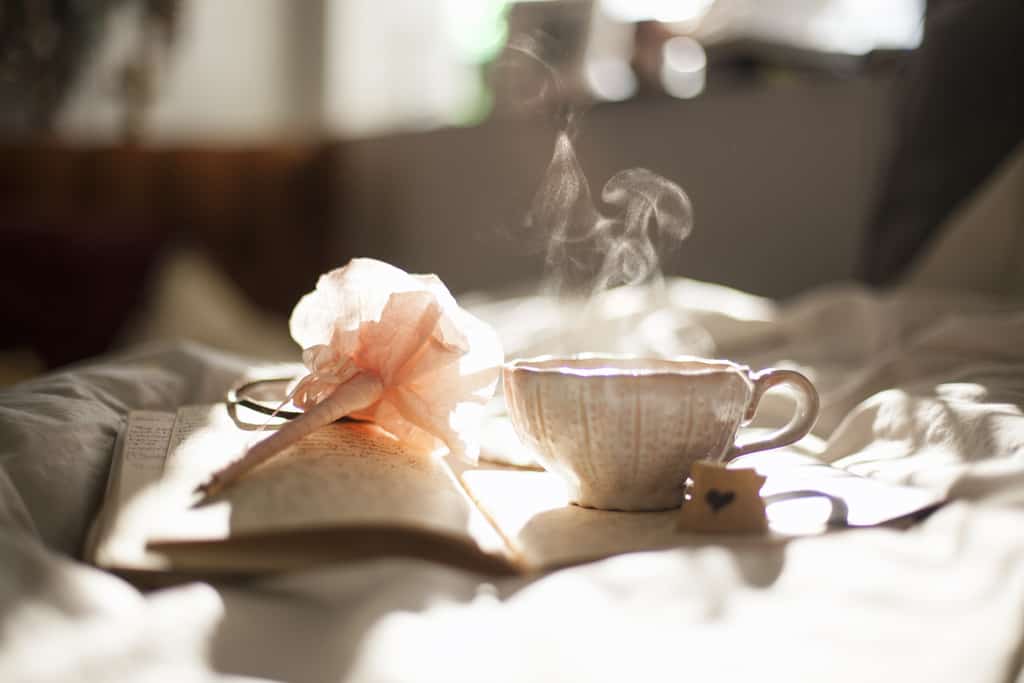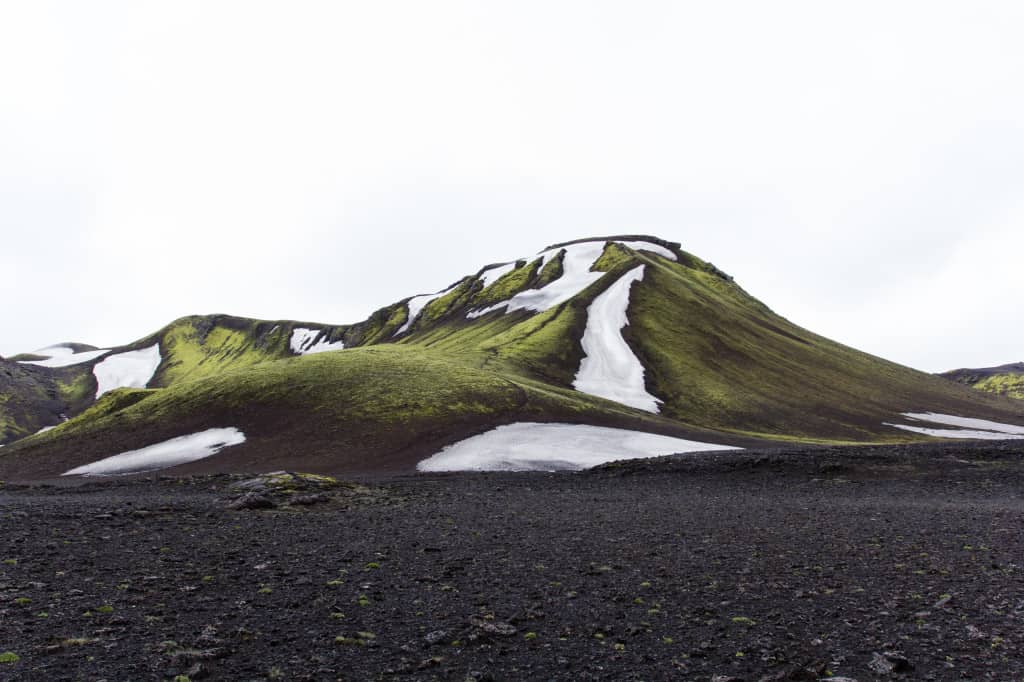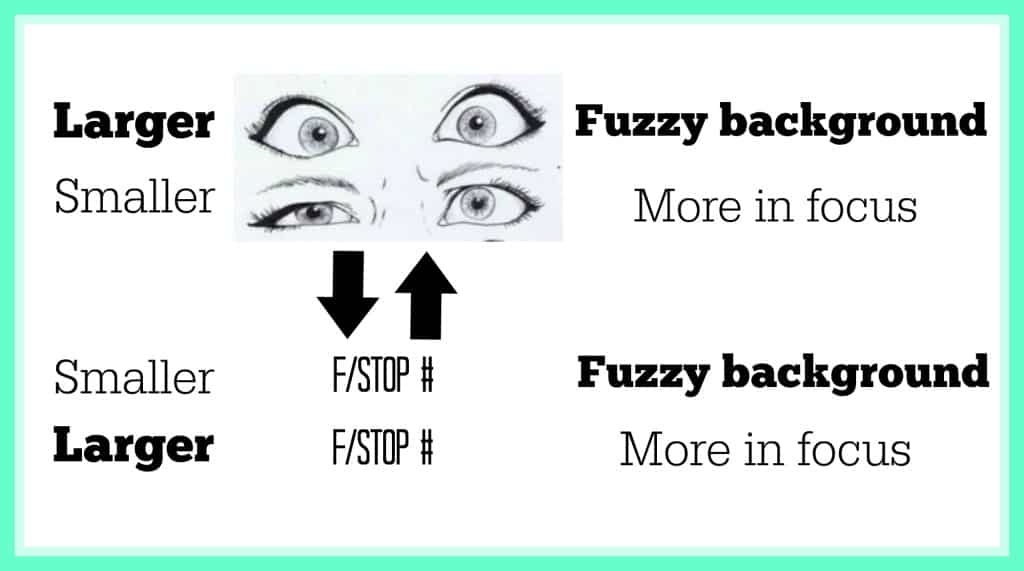Hello shutterbugs! I am doing a new series on photography the next several weeks. Photography is a hobby that I wish I was more passionate about. I look up to the people who can really capture a moment in time to freeze it for all eternity. It’s a major talent to be able to see an image and re-create it perfectly as you see it in your mind. This is my ultimate goal and I’m starting today by learning about aperture. I believe the best way to learn is by teaching others, so hopefully this will help me in understanding my DSLR further.
 There are three main areas of the camera that you can adjust to get your photo to turn out how you’ve imagined. The aperture, ISO and shutter speed can all be adjusted to get the perfect shot. Aperture refers to the adjustable hole in your lens that allows light to enter. Measured in f/stops, the smaller the number, the larger the hole and in turn, more light that can enter the camera. Imagine the aperture as your pupil; with low lighting, your pupil gets larger to allow more light to enter but when you’re outside where it’s sunny, your pupil shrinks to shield your eye from the light.
There are three main areas of the camera that you can adjust to get your photo to turn out how you’ve imagined. The aperture, ISO and shutter speed can all be adjusted to get the perfect shot. Aperture refers to the adjustable hole in your lens that allows light to enter. Measured in f/stops, the smaller the number, the larger the hole and in turn, more light that can enter the camera. Imagine the aperture as your pupil; with low lighting, your pupil gets larger to allow more light to enter but when you’re outside where it’s sunny, your pupil shrinks to shield your eye from the light.
 Aperture is used in determining the depth of field (or portion in which your image is in focus.) The wider your aperture (low number), the shallower your depth of field making a smaller portion of your image in focus. The smaller your aperture (high number), larger your depth of field making a larger portion of your image in focus. I’m a visual person so here is an example of a low f/stop setting and a high f/stop setting.
Aperture is used in determining the depth of field (or portion in which your image is in focus.) The wider your aperture (low number), the shallower your depth of field making a smaller portion of your image in focus. The smaller your aperture (high number), larger your depth of field making a larger portion of your image in focus. I’m a visual person so here is an example of a low f/stop setting and a high f/stop setting.

 Notice how the tea cup is in focus but the background is fuzzy? There is a shallow depth of field because a low f/stop number was used. In the photo of the mountain, everything is in focus making the depth of field very large with a high f/stop number. The toughest thing for me to remember is that the smaller the aperture (hole), the larger the f/stop number. A good way to remember this is to squint and open your eyes real wide. People often squint to see things in focus (small eye = small aperture hole.) For an image with everything in focus squint or make your aperture hole smaller (f/stop number larger.) Basically, they’re opposites.
Notice how the tea cup is in focus but the background is fuzzy? There is a shallow depth of field because a low f/stop number was used. In the photo of the mountain, everything is in focus making the depth of field very large with a high f/stop number. The toughest thing for me to remember is that the smaller the aperture (hole), the larger the f/stop number. A good way to remember this is to squint and open your eyes real wide. People often squint to see things in focus (small eye = small aperture hole.) For an image with everything in focus squint or make your aperture hole smaller (f/stop number larger.) Basically, they’re opposites.
 The best way to learn how aperture affects your photos is by taking the same photo several times, changing only the f/stop. Here are a few of my favorite explanations of aperture from my fellow bloggers:
The best way to learn how aperture affects your photos is by taking the same photo several times, changing only the f/stop. Here are a few of my favorite explanations of aperture from my fellow bloggers:
i heart naptime
Kevin & Amanda
Click It Up A Notch
Snap Creativity
Now I must take advantage of Sophie’s nap and practice! What’s the hardest part for you to remember while changing the settings on your camera? Anything you’d like to learn more about that I can do in my photography series? Chances are, I need to learn it better as well! Just keep practicing!
Mountain and teacup photos were not taken by me. Click on the photo for the original photographer’s site.